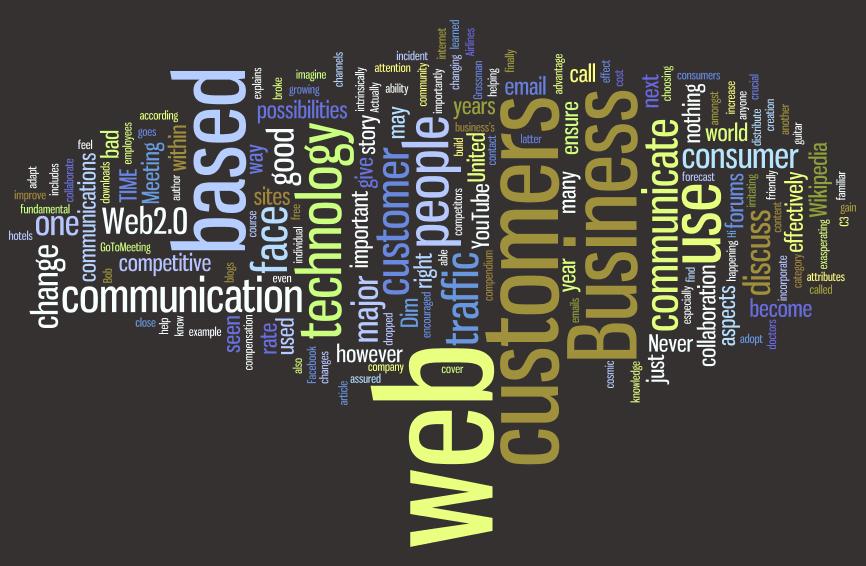Cloud Computing: A Misunderstood Revolution!
Hello! We've heard a lot about this in recent years. cloud computingWhile a familiar concept to some, it remains a mystery to many. So, what exactly is cloud computing? While using cloud computing in my own projects, I've realized both its practicality and its potential for misunderstanding. In this article, I'll explain cloud computing simply, highlighting its services and common misconceptions with real-world examples. Let's get started!
What is Cloud Computing?
Cloud computing, also known as Online Information DistributionCloud computing is the general term for services that enable collaborative data sharing between computing devices. In Turkish, the term "cloud computing" is standard and widely used. It's a service, not a product. In the past, companies and users were limited to communicating and sharing within their own private networks. But now, with the internet at everyone's fingertips, sharing data via portable devices has become second nature. Cloud computing envisioned data being stored in an online cloud rather than on computer hard drives. Today, it offers much more.
Cloud Computing Services and Misunderstandings
Cloud computing offers a wide range of services, from data storage to software execution. However, a lack of understanding of the technical details and differing perceptions have led to many misconceptions. Let's examine these under a few headings:
1. Cloud Computing Stores Your Data on the Internet
Many people avoid cloud computing due to privacy concerns, believing their data is openly shared online. However, cloud computing's backup service stores your data in secure databases provided by the companies providing the service. This allows you to access your data from anywhere, with authorization, as long as you have an internet connection. For example, when I used cloud storage for a project, I was able to easily access my files from both the office and home, and securely.
2. Cloud Computing Is Only For Backup
One of the most common misconceptions is that cloud computing is only for backup. This perception stems from promotional campaigns for cloud services. In reality, cloud computing is defined by three main models:
a) Infrastructure Service (IaaS)
It's the most basic cloud service model. Cloud providers provide physical or virtual servers, storage, and networking equipment. Virtual machines are managed by hypervisors like Xen or KVM. Using IaaS for a web application eliminates the hassle of setting up my own server.
b) Platform Service (PaaS – Platform as a Service)
In this model, cloud providers provide a computing platform, including an operating system, a programming language execution environment, databases, and web servers. Developers can build their applications on this platform without managing hardware and software layers. By using PaaS for a mobile app project, I reduced infrastructure costs and focused on development.
c) Software as a Service (SaaS)
Cloud providers install and run the application, and users access these applications through the cloud. Users don't manage the infrastructure or platform. For example, when I used a SaaS application like Google Docs, I could edit my documents from anywhere without installing any software.
These models demonstrate that cloud computing isn't just about backups. The goal is to provide global access to information, streamline workflows, and reduce companies' infrastructure burdens.
3. Cloud Computing Only Saves Money
Another common misconception is that cloud computing only saves money. Yes, automations can make resources more efficient and reduce costs, but that's not the only benefit. For example, sharing presentation documents over the cloud during a face-to-face client meeting speeds up your workflow and reduces reliance on a single point. On one project, I used a cloud-based collaboration tool to instantly share files with my team, saving both time and effort.
4. Private Cloud Must Be On-Premises
When it comes to private clouds, many companies think they need to be built in their own data centers. However, in a public cloud, companies can be allocated private cloud space. This saves costs like maintenance and management. When we use a private cloud for a startup project, we offload this burden to the cloud provider instead of managing our own servers, resulting in greater productivity.
5. Data Servers Are More Secure Than Cloud Computing
Bazı kişiler, şirket veri sunucularının bulut bilişimden daha güvenli olduğunu düşünüyor. Ancak bulut bilişim, verilerinizi binlerce sabit diske dağıtarak hem tek bir noktada toplanmasını önler hem de disk arızalarında veri kaybı riskini azaltır. Şirket sunucularında böyle bir kayıp yaşarsanız, veriyi kurtarmak büyük maliyetler gerektirebilir. Bir veri kurtarma senaryosunda, bulut tabanlı bir sistemin bu tür riskleri nasıl azalttığını bizzat deneyimledim. RAID teknolojisi bile %100 güvenilir değilken, bulut bu konuda daha sağlam bir çözüm sunuyor.
6. Cloud Computing is Expensive
While some recognize cloud computing as cost-saving, others consider these services expensive. However, compared to building your own data center, cloud computing is generally less expensive. There are no additional costs or responsibilities such as maintenance, security, or software integration. Building a data center requires a powerful server, security software, and ongoing maintenance. When considering building my own server for a project, I found cloud computing to be both more economical and less demanding.
7. Cloud Computing Is Only For Large Companies
Cloud computing is beneficial for everyone, from large companies to individual users. A typical user can use cloud backup to access their data from anywhere. A small business can reduce their reliance on computers by running web-based software in the cloud. For example, when I used a cloud-based project management tool as a freelancer, my workflow accelerated and I could work from anywhere.
Conclusion
Cloud computing offers a wide range of services, from data sharing to software execution. Misunderstandings can cloud the potential of this technology, but with the right knowledge, its power becomes unleashed. I've used cloud computing in my own projects to both speed up my workflow and reduce costs. You too can streamline your business processes and increase efficiency by exploring this technology.
What projects have you used cloud computing on? Did you have an interesting experience? Share it in the comments so we can discuss it together! For more tech tips, check out my blog or contact me!



